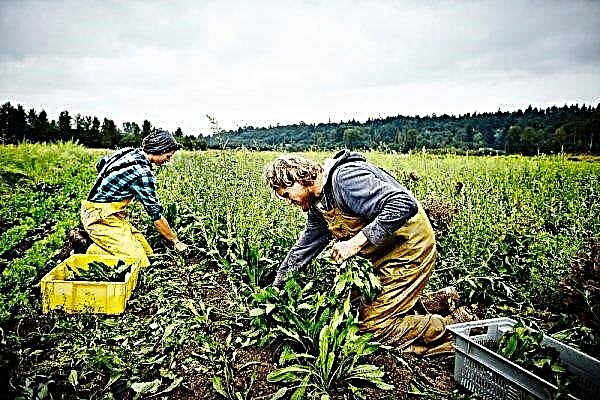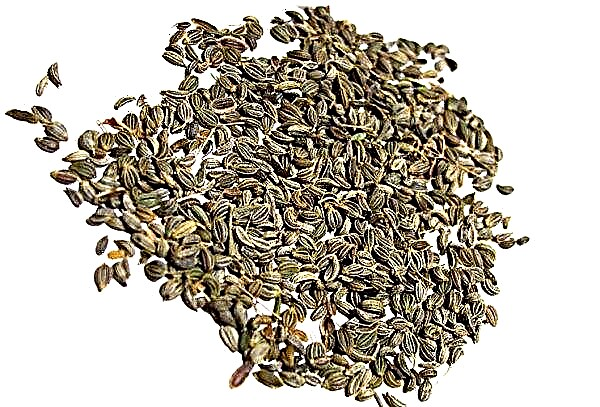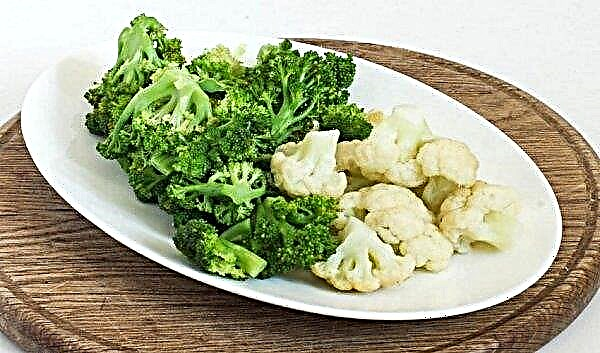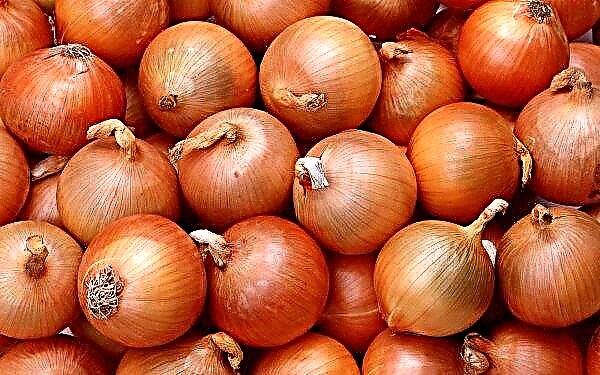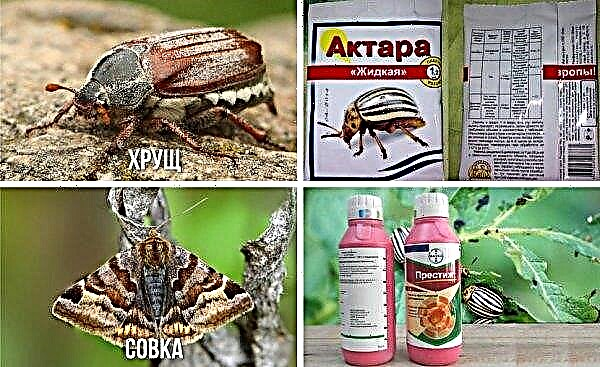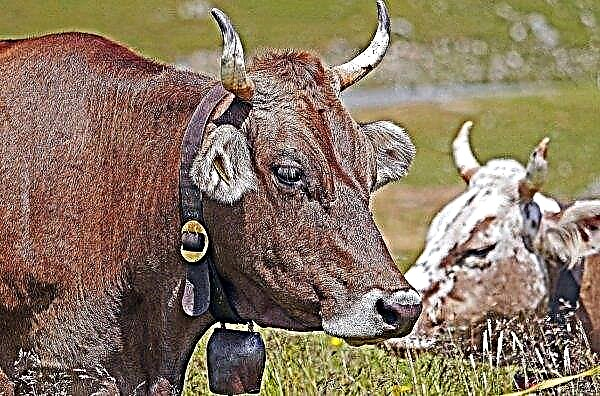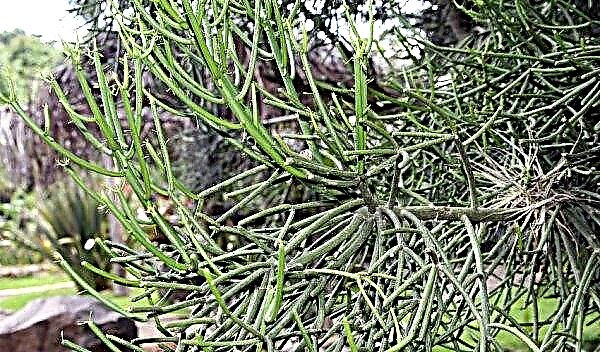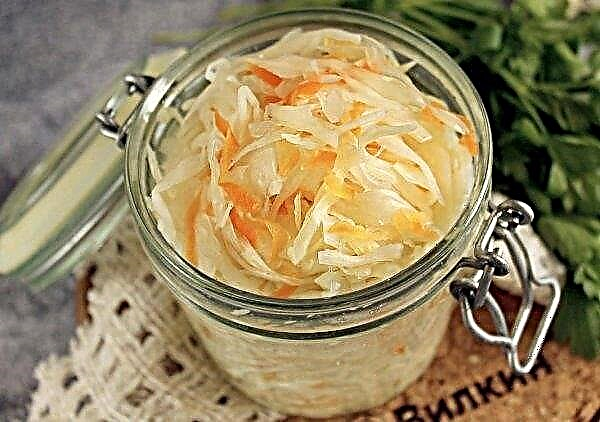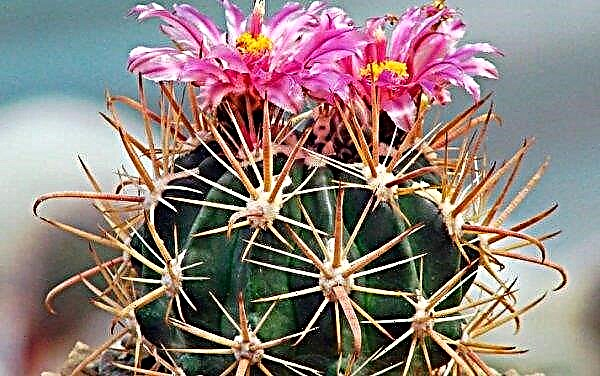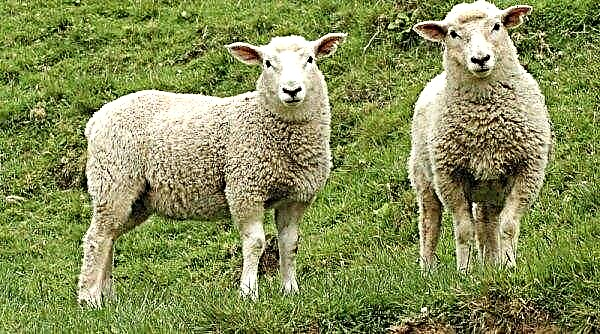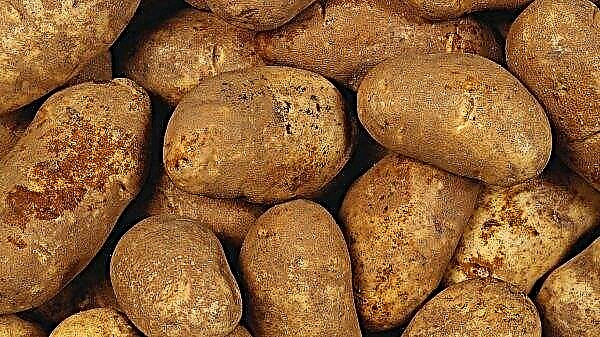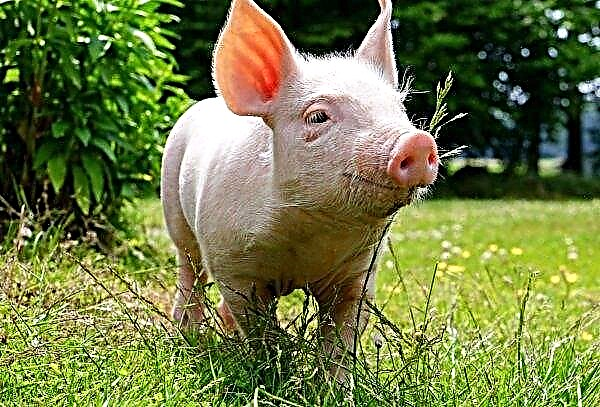Every gardener dreams of a green, well-groomed, neatly trimmed lawn that has a uniform color. The selection of lawn grass is an important task, since many factors must be taken into account: growth, wear resistance, maintenance complexity, maintenance costs, etc. Meadow grass meadow is one of the most popular types of grass for decorating lawns in the country, football fields, playgrounds and grass surfaces for playing golf. Due to its positive qualities and features, this plant is loved by summer residents and homeowners.
Botanical Description of Grass
The meadow bluegrass species (Poa pratensis) is a representative of the bluegrass genus from the Cereal family. The plant is a fine-grained, rhizome perennial grass. This is the earliest cereal that appears as soon as the snow melts. It is cultivated in almost every corner of the planet, primarily used as fodder grass on pastures, as well as for ennoblement of high-quality lawns.
Meadowgrass meadow is inherent rooting of medium strength: its root system is located in the upper layer of soil, it is fibrous and friable. Root growth can range from 0.2 to 0.9 m. Unshaved grass can reach a height of 90 cm. The plant has flat leaf blades, the width of which is about 4 mm.

The meadow bluegrass inflorescence is an open, spreading pyramidal panicle 5.1–20.3 cm long; branches are grouped in groups of 3 to 5 pcs. Spikelets contain from 3 to 5 flowers. Leaflets can be naked or with short cobwebly hairs at the base. Elongated seeds have a size of 1.3 to 3 mm, weight - 0.3 g. Flowering occurs in the summer, in the first half.
The plant is unpretentious to the type of soil, but it is desirable that it be loose, medium humidity and fertile. Grassy culture has a high level of adaptability to sudden changes in humidity. The abundance of short leaves and tillering is enhanced by the full sun. The plant has a high viability of the rhizome; they may develop unformed shoots.
Did you know? In the 1830s, the first lawn mower was invented by a craftsman at a textile factory in Gloucester (UK). For its manufacture, a device was used designed to trim the pile on carpets.
Rhizomes can form on the surface of the soil, but later begin to sink down. The underground shoots of meadow bluegrass contribute to turf formation and can increase the horizontal growth of the plant to 2 m² in 2 years. The lengthening mode is the same as for overhead shoots. In drought conditions or on excessively drained soils, short shoots form. The formation and growth of rhizomes occurs throughout the year, except in late winter and early spring.
Bluegrass application
Nowadays, rolled lawns are widely used, and not in vain - meadow bluegrass can become a real green miracle in a summer cottage. It will take very little time to radically transform your yard with a roll of grass from bluegrass, as it quickly takes root, and the grass has a bright green color and a uniform density. Some varieties have excellent winter hardiness.

When choosing a grass cover in a roll for a summer cottage, it’s worthwhile to stop at a universal variety, where there will be a mixture of several herbs, for example, field grass and bluegrass. For sports it is better to lay the lawn vegetation in rolls, consisting of 2 components: bluegrass and ryegrass.
For decorative purposes, use the ground floor - especially beautiful, velvety. Of its advantages, the highest external qualities can be noted, and of the disadvantages - the difficulty in care and the undesirability of walking on the grass.
Important! When choosing seed, it is worth paying attention to the percentage of grass mixtures. Experts recommend opting for in her 50% amount of meadow bluegrass.
Varieties and varieties
Some bluegrass varieties are especially popular with homeowners and landscape designers.
These include:
- Canadian Is a perennial, self-propagating rhizome of grass. It can tolerate acidic soils and not very fertile soil. The variety is used for lawns because it is resistant to drought. It is easily restored after damage. It is used for the production of lawns in rolls, since it is a successful component in any grass mixture. Requires minimal maintenance.
- Midnight - a variety that is mainly used for the design of fields and playgrounds for sports. The main advantages are resistance to trampling and bad weather conditions, low-cost maintenance, high coating density, and disease resistance.
- Panduro - A variety with a beautiful color of grass. Resistance to diseases and wear resistance is high. The coating can withstand heavy loads, so it is used for sports fields.
- Boutique - A variety that goes well with other herbs in the production of rolled lawns. The vegetation is dense, saturated green. It has a fast recovery rate after loads and damage. In dry weather, the coating retains color.
- Balin - A variety that withstands cold climatic conditions. Grass cover slightly green hue. Often acts as one of the components for folding lawn mixtures.
- Platini - A fast-growing variety that provides dense coverage. The leader among other varieties for arranging golf courses and playing football. It responds well to a haircut. Resistant to temperature extremes and bad weather conditions.
- Compact - A variety that is suitable for registration of any lawns and sports fields. Its versatility lies in high performance in all respects. It is often used for pasture use.
- Connie - a variety with a slow growth, but high decorative qualities.

Sowing rules
The perennial meadowgrass plant gives seeds that germinate easily under optimal conditions. Before you begin to equip the lawn in your area, sports ground or golf course, you need to correctly choose the seed, determine the timing of planting, prepare the soil and familiarize yourself with agricultural activities. All these actions need to be taken seriously, and then the lawn will delight in color and will not cause any special problems with care.
Seed selection
Now on the market there are a large number of seed material from different manufacturers. The main thing here is not to make a mistake and get high-quality seeds for sowing.

First you need to determine how suitable the proposed seed for specific parameters:
- The presence of a quality certificate.
- The level of adaptation of seeds to the climatic conditions of the region.
- Requirements for lighting, soil, watering.
- Correspondence of seed to its requirements, purpose. The purpose of the purchase may be the design of a decorative lawn or the cultivation of livestock feed.
If only meadowgrass is planted, then seed consumption is determined at the rate of 2.5–3 kg per 100 m².
Important! Before planting the seed, it must be checked for germination. The most famous and effective verification option is to fill the seeds with water, which will allow you to get the result after 5-10 minutes. Hollow seed will float on the surface, and high-quality, with high germination rates, will sink to the bottom.
What time is better to sow
The optimal time for sowing a grassy plant of the genus Myatlik is after the snow melts, i.e. in the first month of spring (in cold regions, the planting period may move closer to April and increased watering will be necessary for germination) or in the second half of August.
At the height of the summer season, grass is not sown - It is unlikely that the lawn will be fully provided with water during this period. If seeds are sown at the end of summer and before the beginning of autumn, competition from weeds will become less, and even soil warm and moist from rain will contribute to better germination.

Site preparation
Before you start sowing seeds, you need to prepare the soil. Remove old grass and weeds in a sunny area, remove large stones, and then dig the ground. Meadowgrass meadow responds well to soils with a slightly acid alkaline reaction, mainly loamy. Limit the soil if the pH is less than 5.5.
Did you know? The highest plant among herbs and cereals is bamboo. Some of its species of straw, that is, the stem, reaches 35 m.
Before sowing, complex fertilizers with balanced useful N-P-K elements are applied according to the instructions (you can sprinkle top dressing immediately during planting). Fertilizers are applied in calm dry weather, wearing gloves on hands. Also, seed drills are used for fertilizing. If you use granular fertilizer, then 2-3 days before sowing the seeds you need to slightly rake it.
The surface for planting the seed material must be well leveled with a rake, then for ramming, walk along the plot with a special roller or wooden board. Next, loosen the soil again, deepening no more than 2 cm.

Before sowing, shake the box to mix the seeds. They must be scattered at 40-50 g per 1 m², or the amount indicated on the package. Seeds are scattered first in one direction in a square, and then the rest in the opposite direction. Then the sowing is rolled again, so that the sowing material is deepened by 0.5-0.7 cm.
Care Features
A newly planted lawn needs regular watering; in dry weather, it must be produced daily for 10 minutes. Walking on a lawn that has just been planted is not recommended., 3-4 weeks, he should remain completely at ease. When young shoots appear (after 14–20 days), you need to regularly check the soil by pressing it with your fingers. Do not allow the complete drying of the earthen coma.
Next, periodically you need to carefully weed the lawn area manually, removing any weeds before they bloom. When the new lawn reaches a height of 5 cm, you will need to mow the grass to 2.5 cm, removing all residues. This procedure is recommended to be repeated 3-4 times.

Compatibility with other plants
In grass mixtures, an excellent combination of meadow bluegrass and red or meadow fescue is formed if these herbaceous plants are in proportion. Also in herbal mixtures there can be not 2 components, but 3 or more, for example: red and reed fescue, annual and perennial ryegrass, and meadow bluegrass. These herbs will be the best neighbors for the representative of the Cereal family.
Advantages and Disadvantages of Lawn Grass
Meadowgrass meadow is widely used for decorating lawns, since it is easy to verify its effectiveness.
- Of the advantages, the following can be noted:
- beautiful green color of a grassy plant;
- disease resistance;
- high decorativeness;
- early ripening;
- resistance to trampling;
- unpretentiousness to the soil composition;
- resistance to drought and cold;
- long term of operation - up to 50 years;
- fast recovery process in case of damage;
- uniform growth;
- easy care.

- The disadvantages of meadow bluegrass include the following features:
- a long growing process, because the complete formation of turf occurs only in the second year after sowing seeds; however, small loads are possible after 2 months, full loads after 4 months;
- after rain, birds often attack the sowing lawn, causing damage to it;
- high price and considerable costs for the delivery of bulk cargo;
- selection of soil by composition is important - it should be as similar as possible to that used in the nursery.
Lawn decoration with green grass is a good solution for those who love the process of growing plants and enjoy landscape design. Meadowgrass meadow is ideally suited for this, because it has a beautiful appearance and short growth time, and also suits any climatic conditions. Thanks to the knowledge of the characteristics of this herbaceous crop, cultivation will be easy and error-free.

